
Combining BRAF and MEK inhibitors resulted in better response, PFS, and overall survival compared with a BRAF inhibitor alone in BRAF-positive melanoma patients, according to results presented at the 2014 ESMO Congress.

Your AI-Trained Oncology Knowledge Connection!


Combining BRAF and MEK inhibitors resulted in better response, PFS, and overall survival compared with a BRAF inhibitor alone in BRAF-positive melanoma patients, according to results presented at the 2014 ESMO Congress.

Pilots and cabin crews were found to have twice the incidence of melanoma and about 40% increased melanoma mortality compared with the general population.
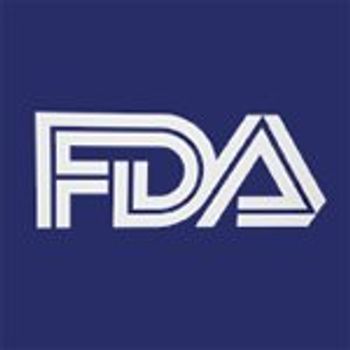
The FDA granted accelerated approval to pembrolizumab (Keytruda) for treating patients with advanced melanoma who are no longer responding to other drugs.
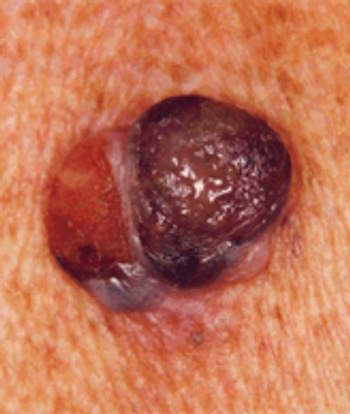
Researchers identified characteristics that may be associated with high-mitotic-rate tumors--being male, elderly, and having a history of solar field damage.

Patients taking a BRAF inhibitor are more susceptible to highly volatile melanocytic lesions that make the detection of new primary melanomas more difficult.


Combined treatment of BRAFV600-mutated melanoma with the MEK inhibitor cobimetinib and the BRAF inhibitor vemurafenib was safe and tolerable, according to the results of a phase Ib study.

Dr. Atkins offers his perspective on the “race” between the top two anti-PD1 drugs (Merck’s MK-3475 and Bristol-Myers Squibb’s nivolumab), and weighs in on where a new agent, pidilizumab, fits into the picture.

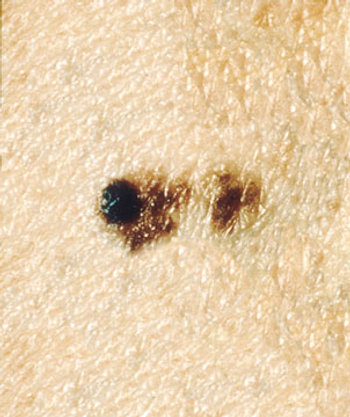
The presence of regression in melanomas with a Breslow thickness greater than 0.75 mm does not appear to be linked to a higher likelihood of sentinel node involvement, according to the results of a retrospective study.

Long-term results from a phase I study demonstrate that concurrent treatment with ipilimumab and nivolumab led to an unprecedented improvement in survival for patients with advanced melanoma.

The story of how the targeted therapies, immunotherapies, and combinations of these therapies have been developed for use in patients with advanced melanoma holds a number of important lessons for the development of agents for use in other tumor types.

Multiple abstracts on melanoma and skin cancer were reviewed at the ASCO Annual Meeting, with a focus on new treatment approaches in non-melanoma skin cancers, particularly basal cell carcinoma and Merkel cell carcinoma.
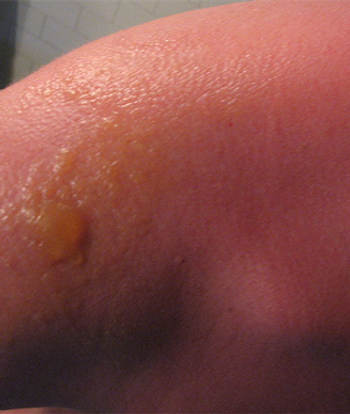
The results of a prospective study showed that the risk of developing melanoma is higher for white women with a history of strong sun exposure during childhood and adolescence, rather than adulthood.

The FDA has granted Merck’s anti-PD1 antibody MK-3475 a priority review designation for the treatment of unresectable or metastatic melanoma in patients who have previously been treated with ipilimumab.
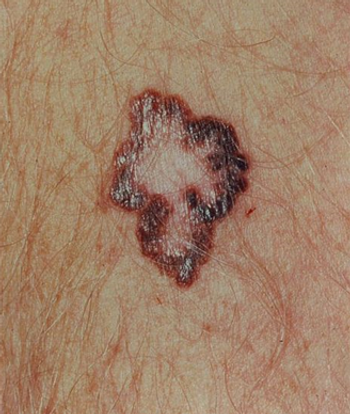
New treatment options for melanoma continue to be developed, especially in the areas of immunotherapies and targeted agents. Oncology nurses need to be knowledgeable about the various therapies being used, indication for use, and the management of adverse events.

Oncolytic viruses are receiving more attention these days as a form of cancer treatment, and have shown promise in clinical trials. These viruses are thought not only to cause direct destruction of the tumor cells, but also to stimulate a patient's immune response.

Results of a preplanned interim analysis of the AVAST-M trial indicate that bevacizumab may have a beneficial effect on disease-free survival in patients with melanoma at high risk for recurrence.

Men who used sildenafil (Viagra) had an 84% increased risk for developing melanoma, even after adjusting for known risk factors, according to the results of a prospective study.

Living alone increased a man’s risk for being diagnosed with later stage melanoma by more than 40%, according to the results of a recent Swedish study.

Nonsentinel lymph node status in melanoma patients who underwent complete lymph node dissection after positive sentinel lymph node biopsy had independent prognostic value.

In a recent study, survivors of either an invasive or in situ melanoma had about five times the risk for a second primary melanoma compared with the general population.

The anti-programmed death 1 (PD-1) drug nivolumab may increase overall survival in patients with advanced melanoma with a safe and acceptable long-term safety profile, according to the results of a recent study.
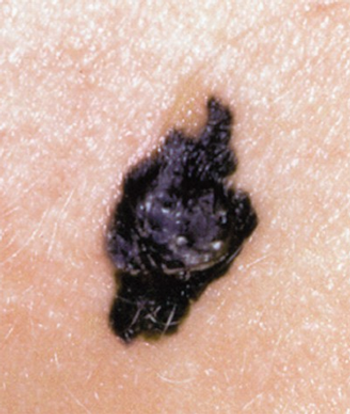
Sentinel-node biopsy for patients with intermediate-thickness melanomas increased disease-free survival and, in patients positive for nodal metastases, disease-specific survival, according to the final data from the MSLT-I study.
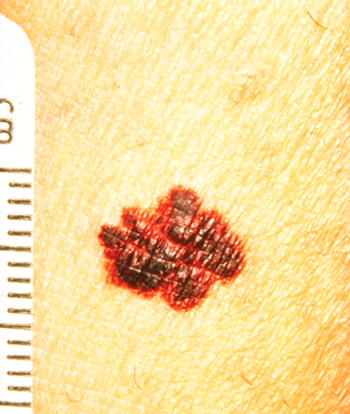
A new study found that a targeted screening and education strategy aimed at patients at high-risk for melanoma favorably affected behaviors that may reduce melanoma risk compared with a standard information-based campaign.